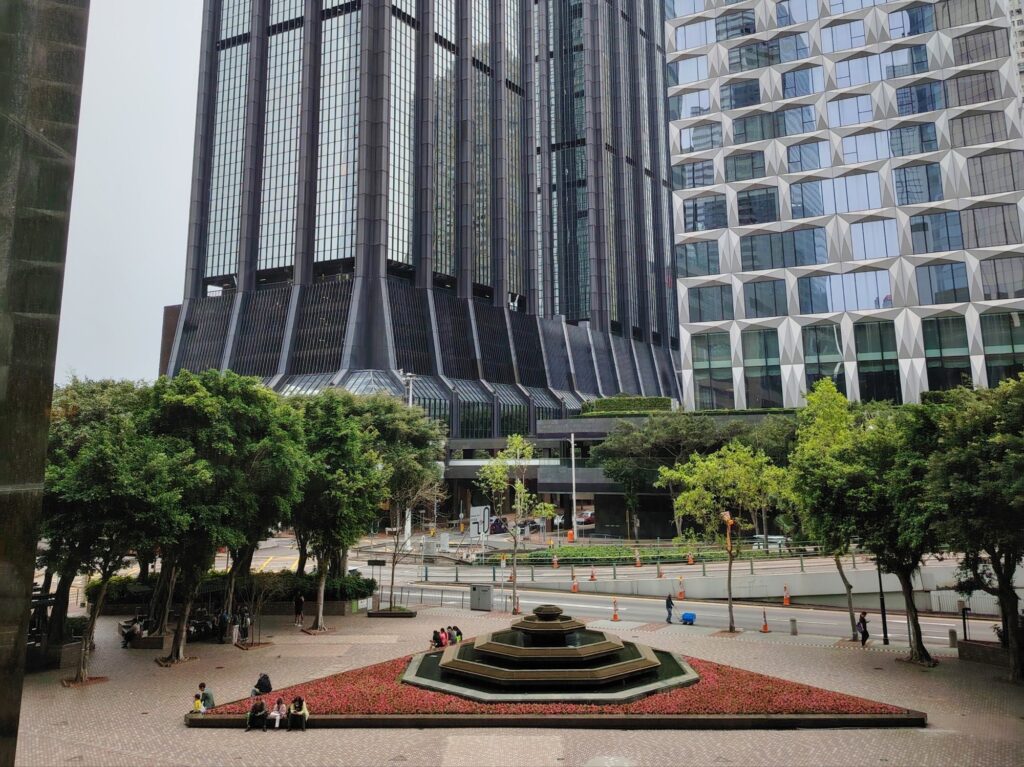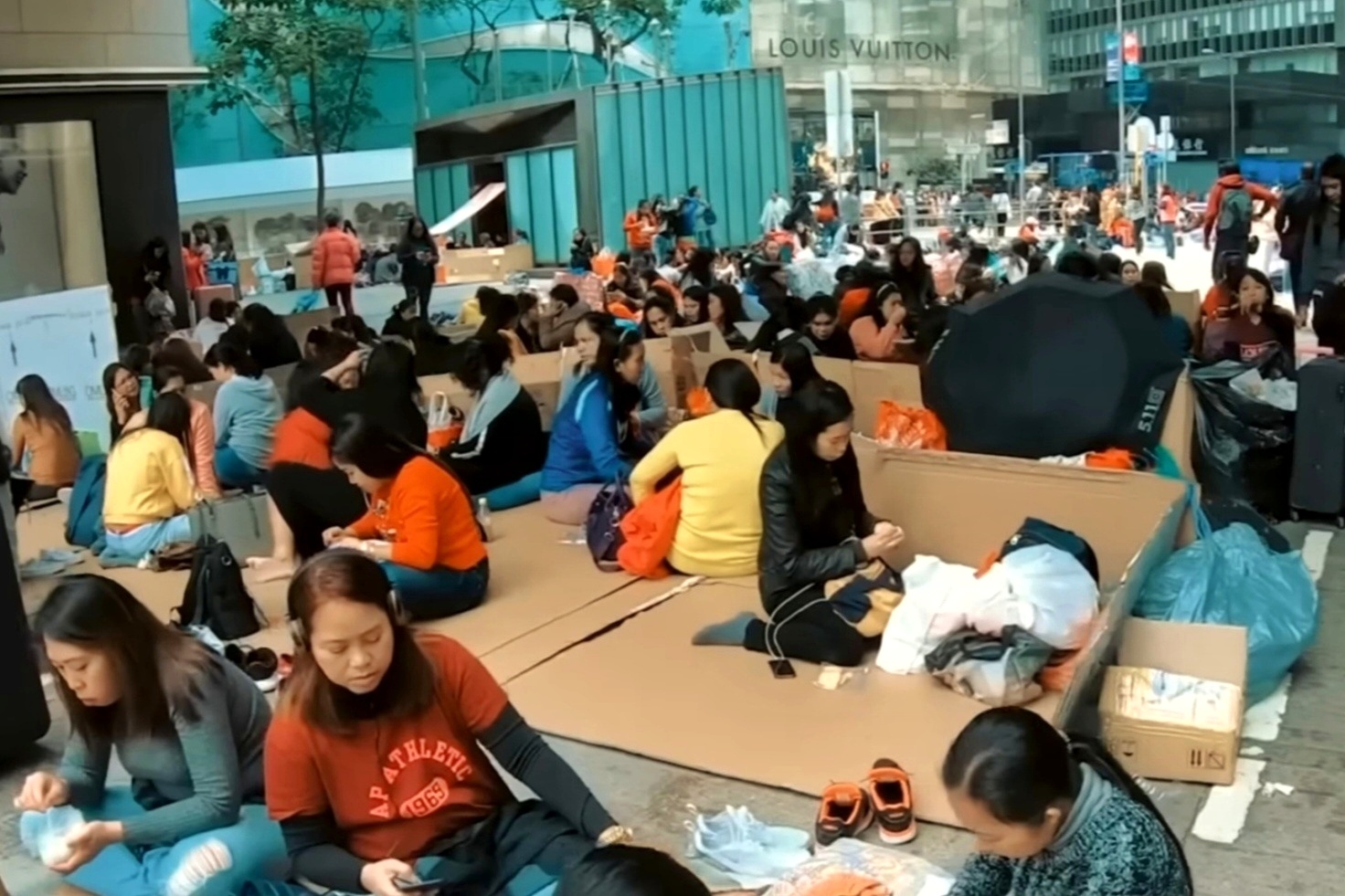Every Sunday, Hong Kong’s streets transform into ‘Little Manila’

Come Sunday, the glass-and-steel austerity of Hong Kong loosens its collar. Along the city’s sidewalks and plazas, a quiet transformation takes place: folding chairs appear where bankers stood; the scent of adobo and pancit mingles with the sea breeze; and voices — bright, unhurried, unbossed — rise above the drone of traffic.
This is “Little Manila,” a patchwork republic of picnic mats and pop-up salons, born not from city planning but from the sheer necessity of belonging.
For Hong Kong’s estimated 200,000 Filipinos — the largest ethnic minority in the city — the day is more than a pause from labor; it is a reclamation of space, of self, and of the social rituals that tether them to home.
Since the 1980s, Filipino domestic workers, bound by six-day workweeks and live-in arrangements, have made a weekly pilgrimage to public spaces — Victoria Park, Statue Square, Central, and Wan Chai — reinventing the city’s financial corridors as living rooms, marketplaces, and dance floors.
The choreography is precise, if unspoken: meals are unpacked, secondhand wares displayed, friendships rekindled. What emerges is a kind of parallel city, existing briefly but insistently inside one of Asia’s most relentless metropolises.
During the rest of the week, the community is scattered — often invisible — behind apartment doors and tower blocks. But demographically, its imprint is clear. The Eastern District, for instance, records the highest concentration of Filipino residents, with 3.24% of its population — nearly 15,000 people — tracing their roots back to the Philippines. Wan Chai District, with its twin roles as workplace and social anchor, completes the geography of a life stretched between labor and longing.
Commerce, too, has learned to adapt to the rhythms of this floating community. Shopping centers like Worldwide Plaza in Central, Whampoa 108 in Hung Hom, and Tung Yick Arcade in Yuen Long serve as both retail destinations and communal hubs — selling not just the dried fish, canned goods, and prepaid phone cards of home, but also a momentary release from the architecture of distance.
The story of “Little Manila” is, at heart, a story of global economics. In 1974, amid economic stagnation, then-President Ferdinand Marcos Sr. institutionalized labor export under the country’s new Labor Code, transforming Filipino workers into one of the country’s most valuable exports.
Recruitment was privatized by the late 1970s, embedding labor migration into the scaffolding of the Philippine economy, where remittances remain both a financial and emotional lifeline for families left behind.
In the same decades, Hong Kong’s own ascent as a financial capital created a demand for domestic labor that the Philippines was more than willing to meet. The result was an unspoken pact between two economies: one in search of help, the other in search of work.
The arrangement is transactional, but on Sundays, the city’s migrant workers stake out something far more personal. For a few fleeting hours, the hierarchies of employer and employee dissolve, and the streets are given new purpose: as gathering place, as stage, as substitute for the villages and neighborhoods back home.
In the space of a single day, under the shadows of glass towers and old colonial facades, a community erases — and reasserts — the distance between home and away.



0 Comment